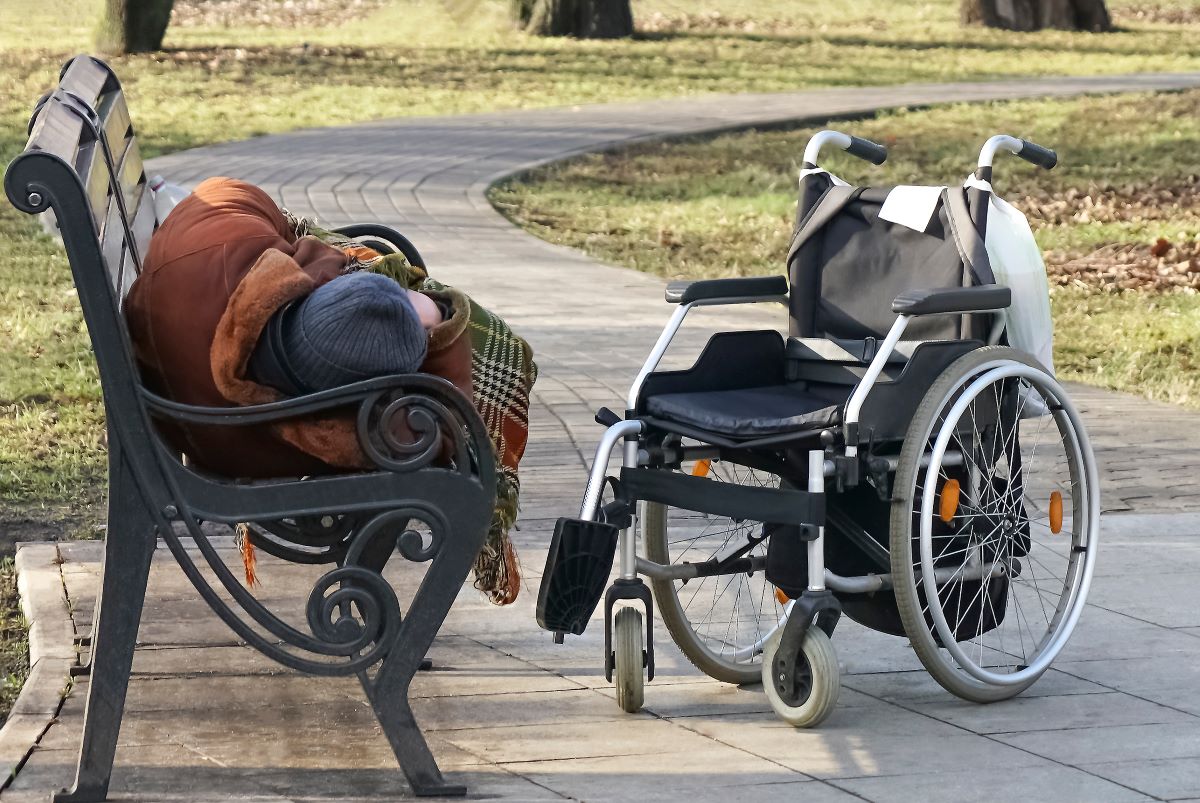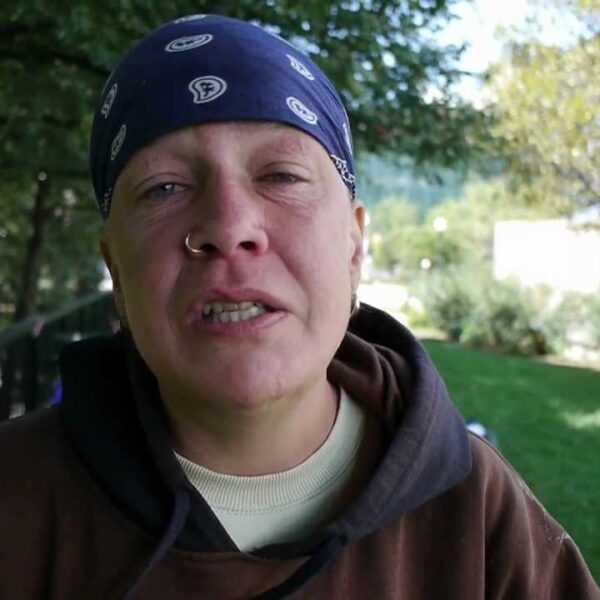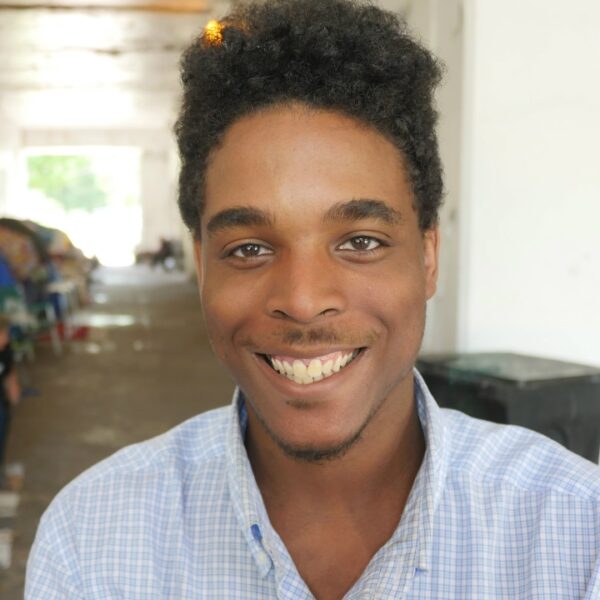And an Experimental Program in California Is Proving its Power
Homelessness is hard on your health. The constant exposure to weather, environmental pollutants, people who wish you harm, and now COVID-19 combine to make the average life expectancy of an unhoused person decades less than the average life expectancy of a housed person.
Plus, the lack of access to things like laundry, bathrooms, showers, or even handwashing facilities makes our unhoused neighbors even more vulnerable to all sorts of diseases. Meanwhile, medical attention for those conditions and others is difficult, if not impossible, to obtain.
If any other condition lowered life expectancy, increased exposure to disease and risk of death, and had a simple preventative solution that would save lives and money, you’d expect it to be covered by insurance, right?
A pilot program in California called CalAIM (California Advancing and Innovating Medi-Cal) is making that idea a reality. Certain high-risk, low-income recipients of Medi-Cal will be able to use their insurance coverage to secure the most powerful preventative medicine available – housing.
Who Will the Program Help?
The CalAIM program is starting small, serving a relatively small slice of the most vulnerable populations in California. This will include:
- Californians who are leaving the jail or prison systems with complex health needs
- Seniors
- Disabled people
- People with complex health needs who are currently experiencing homelessness
- Children and youth in foster care
- Children with complex medical needs
- Anyone with significant behavioral health needs, including mental illness or substance use disorder.
Ideally, this should help get the absolute most vulnerable people into affordable housing first. The state hopes to expand the program to more eligible categories. However, more affordable housing will likely need to be built before such an expansion could be effective.
How Does This Work?
The program provides coverage for certain eligible long-term housing expenses like security deposits and first and last month’s rent, as well as services to help people find affordable housing or prevent evictions.
It can also cover short-term housing options like a safe place to recover after a hospitalization or a sobering center. Unfortunately, federal law currently prevents the program from covering participants’ rent on an ongoing basis, which may limit its effectiveness. This could be a fatal flaw, especially in California, where the availability of affordable housing is deficient. You simply can’t find what isn’t there.
Statewide, 68% of homeless people or people at risk of homelessness receive some type of housing services. But, only 7% actually end up housed in permanent, affordable housing.
Other Benefits
The CalAIM program also introduces a number of new benefits that insurance companies can choose to add. These include:
- Medically-tailored food assistance
- Short-term respite for caregivers of people with disabilities
- Variety of independent living supports like:
- In-home asthma remediation
- Home modifications to aid accessibility
- Day habilitation programs
- Transitional services
The CalAIM program also consolidates services that were spread out among different agencies and difficult to access under Medi-Cal. With CalAIM, there is a “no wrong door” policy, meaning that you won’t be bounced around from office to office trying to find the right person who can deal with your issue. Each participant receives a care coordinator who understands their health issues and goals and can connect the patient with the right people effortlessly.
Precursor Programs See Modest Success
Before the CalAIM pilot program came to be, a few other smaller scale, county-based programs worked similarly. Santa Clara County’s Health Homes pilot resulted in a 25% drop in emergency room visits and a 30% drop in longer hospitalizations for participants. Of the 211 unhoused patients enrolled in the program, 54 obtained permanent housing.
In Alameda County, the Whole Person Care pilot program ran from 2016 to 2021. That program served about 30,000 people, unhoused people making up about two-thirds of that total. Sixty-nine percent of the homeless participants received some sort of roof over their heads, whether it be in an emergency shelter or a temporary hotel room. However, just 36% secured permanent housing.
This is an improvement over the 10% who secured housing in the years prior to the program. But it still shows that even a robust and efficient housing navigation system is limited by the amount of affordable permanent housing available in the area.
Isn’t All This Expensive?
Not as expensive as fighting the losing battle of trying to keep people healthy while they’re stuck in an environment that harms their physical and mental health. The Sisyphean method we’ve been using achieves poor outcomes at a high cost, and everyone loses.
Redirecting that money toward a preventative care option that stops many of these issues before they can even begin is a win for everyone. Or at least for the small percentage of participants who will be able to move into the extremely limited number of affordable housing options available.
Next Steps
The CalAIM pilot program has the potential to be life-changing and revolutionary for low-income households with complex medical needs in California. For people at risk of or experiencing homelessness, it’s more of a baby step in the right direction.
As is, the program will be able to help some people. But, to really make a big impact, we’ll need to expand its reach to eligible participants and the affordable housing available in the area.
CalAIM has a clear expansion plan on the calendar that stretches to 2027. Hopefully, as people see changes a program like this can make in their communities, support for it only grows. If we all get on board and let our representatives know we want them to start aggressively building affordable housing now, we may be ready to meet the demand for it once the program hits its peak in 2027.
Having a healthy and housed community benefits everyone. Let’s work toward it together.













